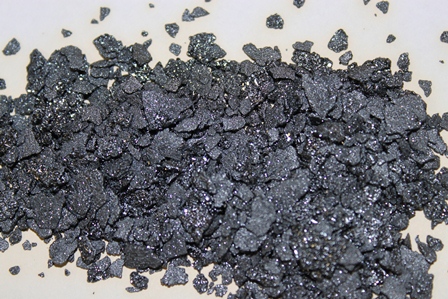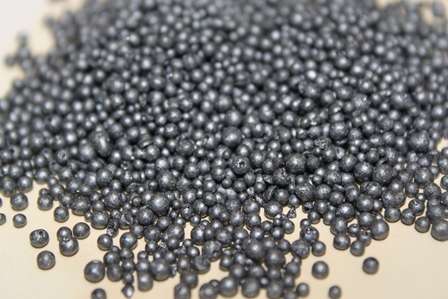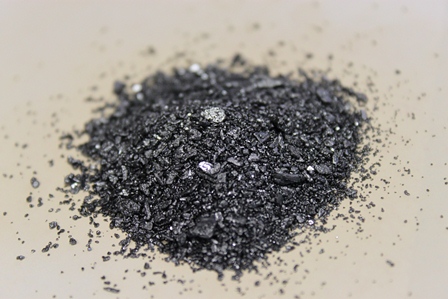What Is Iodine?
Iodine is rare and essential resource found naturally in seawater, brine water, and in specific geologic formations in parts of the world. Iodine is a chemical element that belongs to the halogen family in the periodic table of elements, and like other halogens is found in diatomic form (I2).
The halogen family includes bromine, chlorine, fluorine, and astatine, many of which can be applied interchangeably for scientific and commercial use; although, not all applications can be substituted. Iodine is the heaviest essential element and has an atomic number of 53. I-127 is the only naturally occurring stable isotope of iodine; however, many radioactive isotopes have been created for use in nuclear energy and in cancer treatment.
Uses for Iodine
Iodine is used in a wide variety of commercial and scientific uses, and is primarily used in the imaging, pharmaceutical, and biocide industries, together totaling an estimated 50% of yearly iodine use. Iodine is also greatly important for human nutrition, as iodine deficiency can cause thyroid-related illnesses and possible mental retardation.
Where is Iodine Found?
Much of the world’s iodine is found in Chile, Japan, and in the US, with the largest deposits found in the Atacama Desert of Chile. The Atacama provides a unique method of extracting iodine through mining and heap leaching, while many other iodine deposits, such as Japan and the USA, require drilling and brine extraction.*
| Atomic Number | 53 |
| Atomic Weight | 126.904 |
| Density | 4.933g/cm3 |
| Melting Point | 113.7*C |
| Boiling Point | 184.35*C |
| Molecular Weight | 253.809 |
*Source USGS



